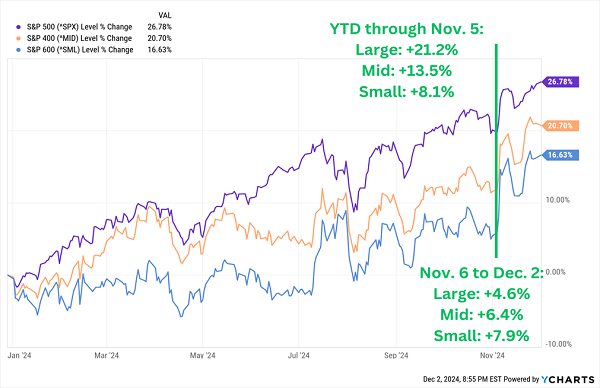Small companies are sneaky AI-friendly plays because they are implementing these tools faster than their larger competitors.
Expect to see these smaller firms become more efficient in the quarters ahead. Sales will continue to increase while headcounts will remain relatively flat as robots take up the slack—a boon to future profits.
Ironically, small caps are currently the cheapest sector on the board:
Broad-Market Forward P/Es:
- S&P 500: 22.2
- S&P MidCap 400: 16.2
- S&P SmallCap 600: 15.6
So, we turn our attention to a six pack of small but mighty dividend payers. Let’s start with a lender that yields “only” 15.7% per year and work our way up from there.… Read more



Recent Comments